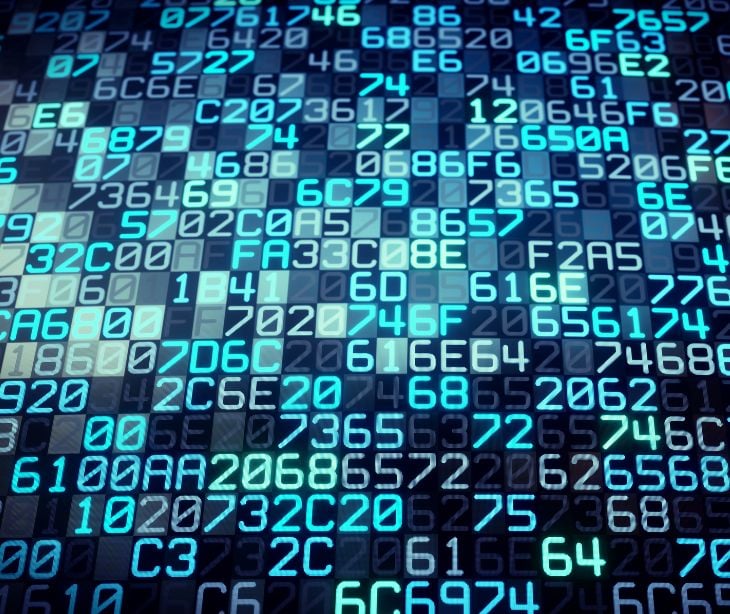
ASCII is commonly used in a wide array of computing and digital communication fields, serving as a component for representing text in computers, websites, and other electronic devices.
Understanding ASCII
A Survey Paper on ASCII-Based Cryptographic Techniques discusses how ASCII, or American Standard Code for Information Interchange, is a foundational element in cryptographic methods. ASCII is a coding standard that enables the uniform representation of text in computers and electronic devices by assigning a unique number to each letter, digit, and symbol. Originating in 1982, this standard includes 128 specific codes comprising control and printable characters, which facilitate the efficient storage and transmission of data.
The study provides insight into ASCII's role in ensuring that various electronic systems can seamlessly share and interpret data, a feature necessary for maintaining compatibility across platforms. It also provides a base for the conversion between readable text and encrypted data, thereby supporting secure communication methods.
See also: How to encrypt your email and why you should
How does it work
- ASCII assigns a unique numerical value to each letter, digit, and symbol.
- It includes 128 specific codes, with 32 control characters and 96 printable characters.
- The control characters affect how text is processed, while the printable characters include letters, digits, punctuation, and other symbols.
- Each character is represented by a number ranging from 0 to 127.
- This numerical representation facilitates the storage and transmission of text in electronic devices.
- ASCII ensures compatibility and interoperability among different systems, allowing them to share and understand data.
- It forms the basis for more complex text and data encryption techniques in cybersecurity.
Standard ASCII v extended ASCII
While Standard ASCII ensures compatibility and simplicity, Extended ASCII enhances expressiveness and supports more complex textual content. Standard ASCII and Extended ASCII serve as the building blocks for text representation in computers, but they differ in range and application.
Standard ASCII uses a 7-bit encoding scheme, offering 128 unique codes that include English letters, digits, punctuation marks, and control characters. This makes it great for basic English text. Extended ASCII, on the other hand, expands on this by using an 8-bit encoding scheme, increasing the total number of unique codes to 256. This extension allows for the inclusion of additional characters such as accented letters, special symbols, and graphical characters, catering to a broader array of languages and special graphical needs.
See also: What is SOC 2 compliance?
The modern evolution of the use of ASCII
ASCII was foundational in the early development of text messaging and email, providing a standard way to represent characters in electronic communications. However, as the need for a more diverse character set grew—to include various languages, symbols, and emojis—more comprehensive encoding standards like UTF-8 have become more common. UTF-8 is backward compatible with ASCII but extends the available character set significantly, allowing for the global use of a wide range of languages and special characters in text messaging, email, and other forms of digital communication.
Today, while ASCII is still apart of the underlying technology, especially for basic English text, it's the broader Unicode standard (often implemented as UTF-8) that you'll find in the backend of modern text messaging and email systems.
See also: HIPAA Compliant Email: The Definitive Guide
FAQs
Can ASCII represent languages other than English?
Standard ASCII primarily supports English characters. Extended ASCII and other character encoding standards like UTF-8 are used to represent a broader array of characters from various languages.
How can I view ASCII values of characters?
Many programming languages provide functions or methods to convert characters to their ASCII values and vice versa. For example, in Python, the ord() function returns the ASCII value of a character, and the chr() function converts an ASCII value back to the corresponding character.
What's the difference between ASCII and Unicode?
ASCII is limited to 128 characters, which is sufficient for basic English text but not for representing the wide variety of characters used globally. Unicode is an extended encoding system that can represent thousands of characters from almost every language in the world, including symbols and emojis. Unicode includes ASCII as a subset.
Subscribe to Paubox Weekly
Every Friday we'll bring you the most important news from Paubox. Our aim is to make you smarter, faster.



